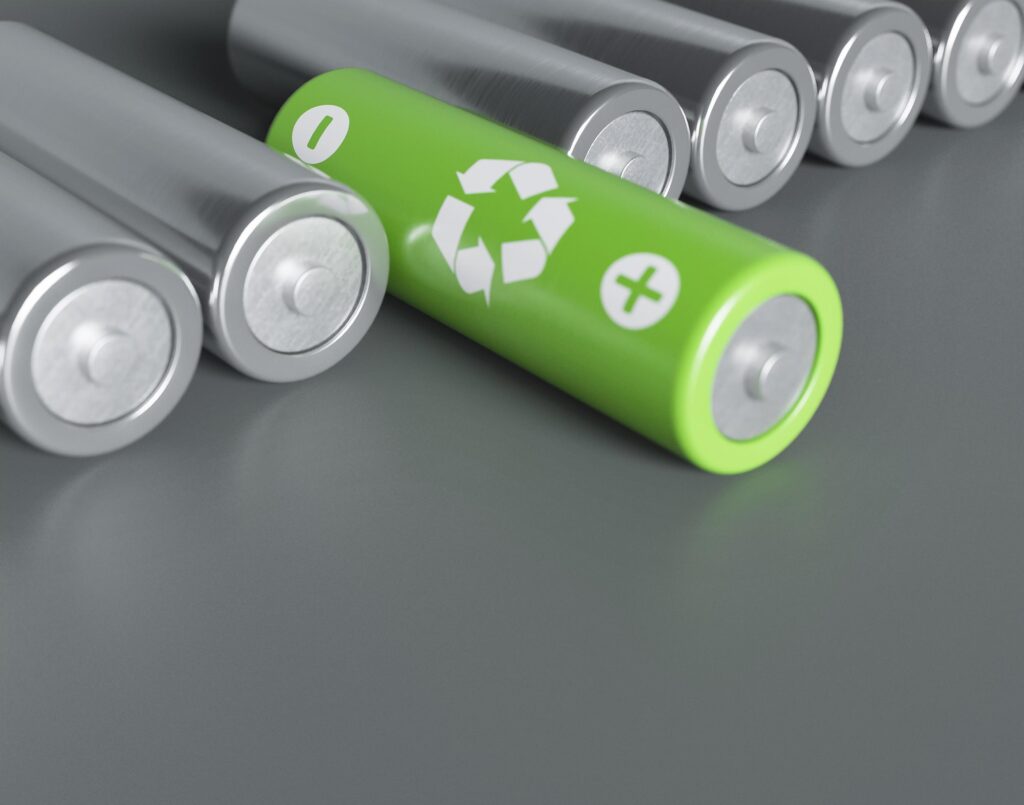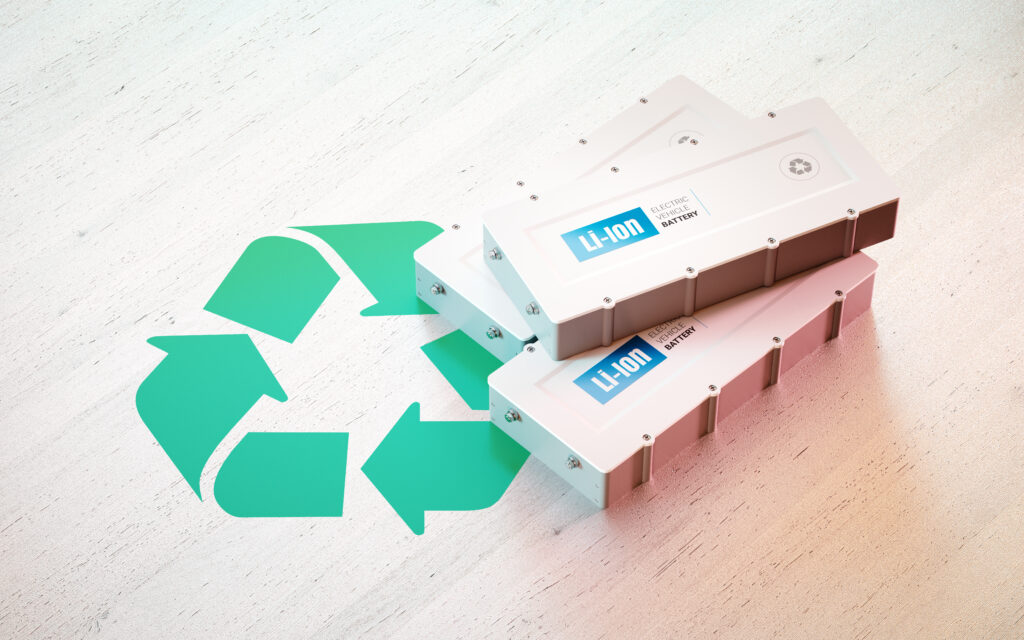A lithium-ion or Li-ion battery is a rechargeable battery composed of raw materials like lithium, ion, nickel, cobalt and manganese. Li-ion batteries have a no-memory effect, high energy density and low self-discharge. These cells can be manufactured to prioritize either power density or energy. Research areas for lithium-ion batteries include extending lifetime, reducing cost, increasing energy density and charging speed, and improving safety.
The potential of lithium-ion (Li-ion) batteries to be the primary energy source in off-grid renewable energy is a given. A longer lifespan than other existing technologies, along with power densities and higher energy, are the most beneficial attributes of Li-ion batteries. The Li-ion can be the battery of the first choice for conserving a reasonable amount of energy. Nevertheless, to be fully adopted in the renewable energy sector, Li-ion batteries need a price subsidizing that will likely happen only due to mass production.
The progress in Li-ion batteries needs to be carried further to match enough energy and power densities for the electric vehicle in the automobile industry. We present the electric vehicle sector as the driving force of Li-ion batteries in renewable energies. This would go on to make Li-ion batteries more affordable as a benefit of mass production.
Why are Li-ion batteries preferred to other technologies?
In the development of Li-ion technology, the electric automobile will be accompanied by other sectors such as consumer electronics, grid storage and military or other medical applications. There are unmatched advantages of Li-ion batteries over other technologies, even if some issues are still to be overcome for wider usage in stationary energy storage.
In addition, Li-ion battery cells can deliver up to 3.6 Volts, three times higher than technologies such as Ni-Cd or Ni-MH. This means that they can discharge huge amounts of current for high-power applications. Li-ion batteries are also comparatively low maintenance and do not require scheduled cycling to maintain their battery life. Li-ion batteries have no memory effect, a detrimental process where repeated partial discharge/charge cycles can cause a battery to ‘remember’ a lower capacity and this adds to the fact that it can be completely recycled and reused in new components, increasing its shelf-life. Li-ion batteries also have a low self-discharge rate of around 1.5-2% per month. They do not contain toxic cadmium, which makes them easier to dispose of e-waste recycling than Ni-Cd batteries.

Furthermore, this eco-friendly recycling process leads to lithium recovery and many other significant battery raw materials. These materials can be sent back to the battery manufacturers for reuse in a new li-ion battery. Due to these advantages, Li-ion batteries have displaced Ni-Cd batteries as the market leader in portable electronic devices (such as laptops and smartphones). Li-ion batteries are also used to power electrical systems for some aerospace applications. From a clean energy perspective, Li-ion technology is a promising component for potential applications in battery-powered vehicles. Currently, the best selling electric cars, the Tesla Model S and the Nissan Leaf, use Li-ion batteries as their primary fuel source, which makes them environment-friendly.
Li-ion batteries are recyclable and reusable
Li-ion batteries are considered the new gold standard amongst batteries. These powerful batteries are widely used in laptops, tablets, smartphones, electric vehicles, and other devices, which are perfect for an efficient energy source. Given ongoing, pressing climate change concerns, renewable energy has become significantly more important than ever before. With fossil fuels being a major contributor to greenhouse gas emissions affecting climate change, the obvious solution lies in renewable energy production and storage. Li-ion batteries manage to do exactly that! In a nutshell, it is recyclable and reusable, which reduces the mining activities for proclaiming new raw materials and helps us close the loop for a circular and sustainable economy.


